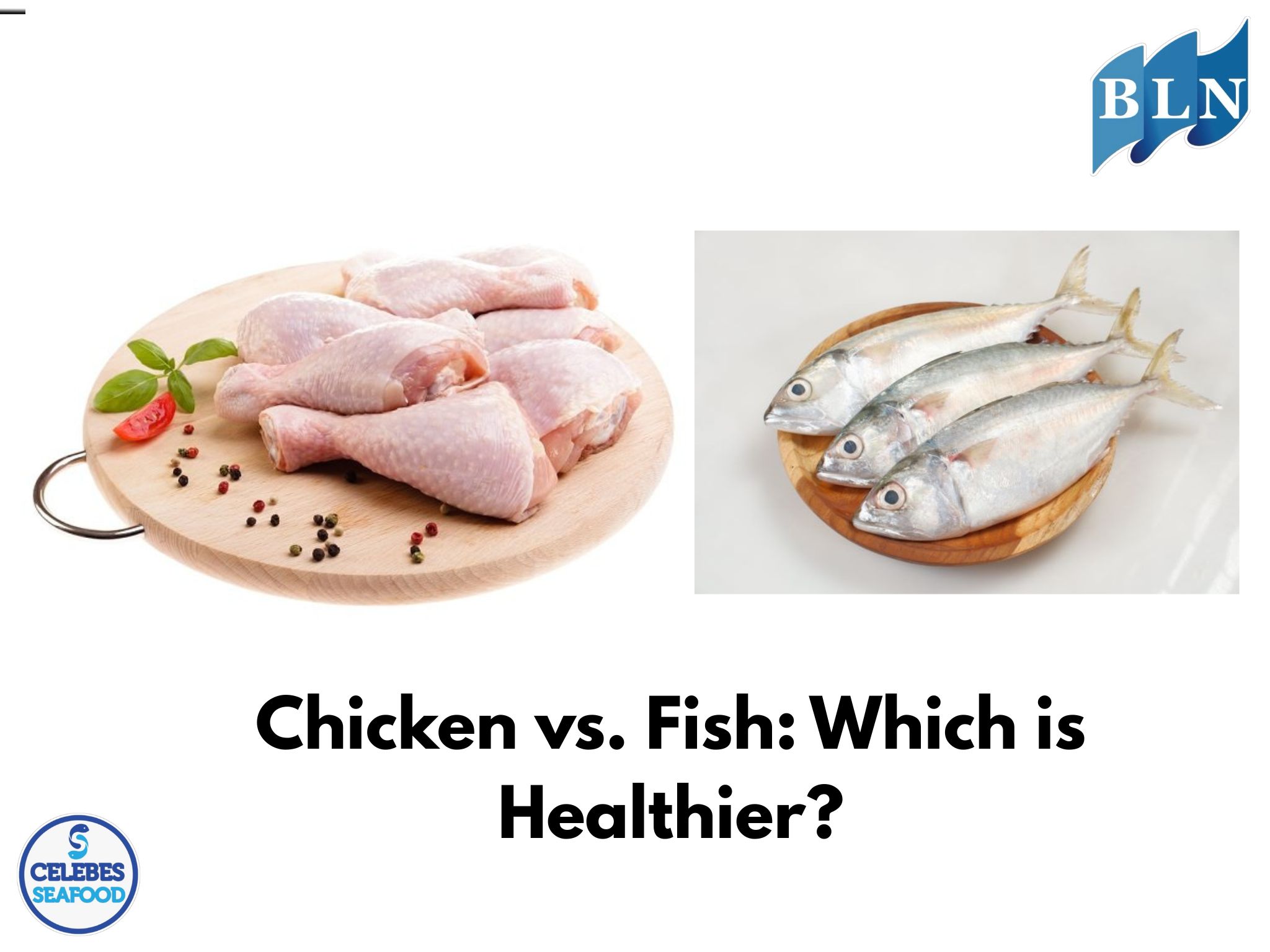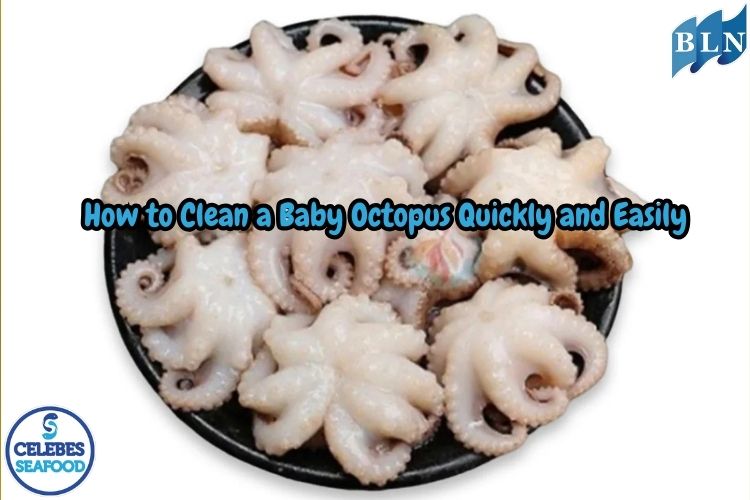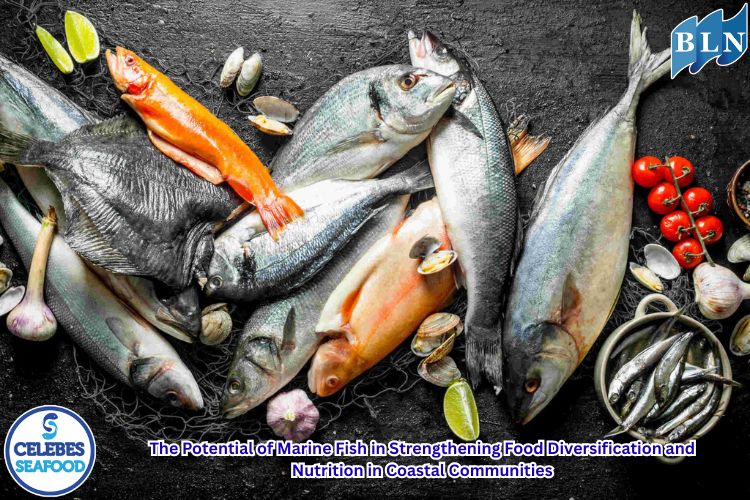Chicken vs. Fish: Which is Healthier?
By. Rani - 13 Aug 2025
lautnusantara.com Which do you prefer as a side dish, chicken or fish? Both are excellent sources of protein that the body needs, but they have different nutritional content. So, which of these two protein sources is healthier and more nutritious?
Which is better for a side dish, chicken or fish?
Both fish and chicken have their own benefits due to their various nutritional contents. The protein content in both chicken and fish is quite high, even comparable to beef.
-
Protein Content
A medium-sized skinless piece of fresh chicken thigh or breast, weighing approximately 100 grams, contains about 22.5 grams of protein. Meanwhile, the same weight of fish contains 23 grams of protein. So, the protein content of both is very similar.
-
Fat Content
Compared to red meat, both fish and chicken meat naturally have less saturated fat. This is true as long as you're eating skinless chicken! The skin has a relatively high-fat content. A skinless piece of chicken breast or thigh that is not deep-fried has only about 2 grams of fat. With the same weight and cooking method, a piece of fish has about 4 grams of fat.
-
Type of Fat
Although both contain fat, the difference lies in the type of fat. The fat in fish is a type of Omega-3 fatty acid. While not all types of fish contain it, Omega-3s have been proven to help normalize cholesterol, blood pressure, and prevent the formation of free radicals in the body. Omega-3 fatty acids are only found in deep-sea fish, such as salmon, sardines, and tuna.
-
Minerals and Vitamins
Chicken and fish are both enriched with various minerals and vitamins, such as iron. However, when compared, chicken tends to have more iron, especially in chicken liver. Every 100 grams of cooked chicken liver contains about 15.8 mg of iron, while 100 grams of tuna and sardines contain 2.92 mg of iron.
It is important to remember that there are many different types and sizes of fish, which means their nutritional content also varies.
Another thing to consider is how these animal-based side dishes are prepared. To preserve their nutritional content, you should avoid deep-frying them. Instead, you can prepare steamed chicken, chicken soup, roasted chicken, or simply sauté it.
Deep-frying in oil will only add calories to your chicken or fish. So, it's not just the food itself that's important to choose—you must also pay attention to how you cook it.
Can you eat fish and chicken together?
So far, there is no research suggesting that eating fish and chicken together on one plate has negative effects. However, according to OU Kosher, eating chicken and fish separately actually has several advantages.
Eating chicken and fish separately can prevent an excessive intake of protein. This allows you to manage your protein intake more effectively according to your body's needs. Additionally, if an allergic reaction occurs, eating them separately makes it easier to determine the cause of the allergy. This method also reduces the formation of fatty acids produced from meat and fish.
Therefore, it is recommended to eat only one type of protein source per meal. You should also add vegetables as a source of fiber and other carbohydrates to ensure a balanced nutritional intake.
If you are interested in our Parrotfish Fillet Skin On, PARROTFISH WHOLE GILLED GUTTED please do not hesitate to contact us through email and/or whatsapp.







